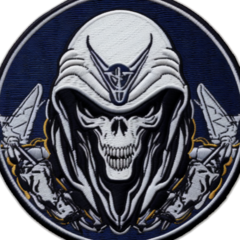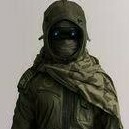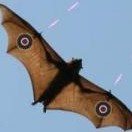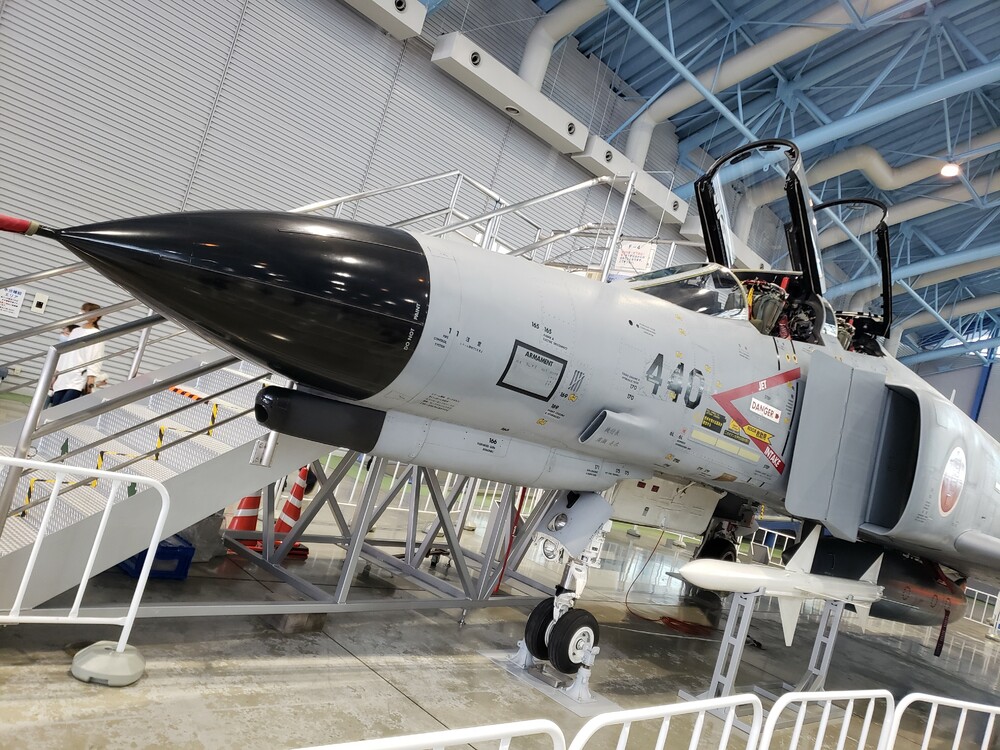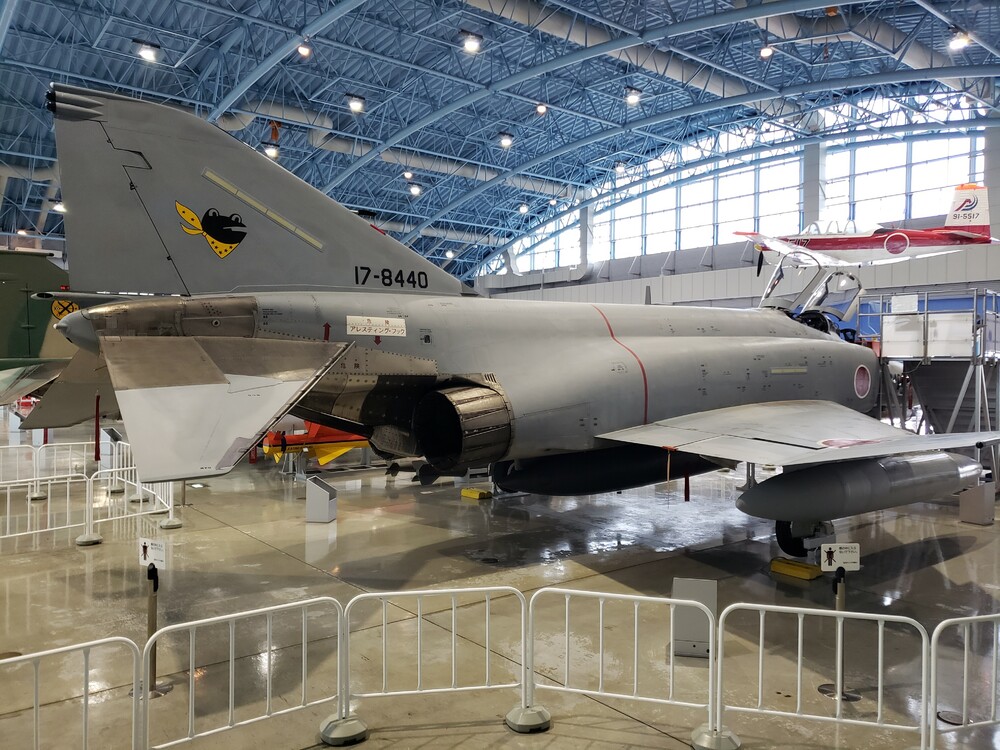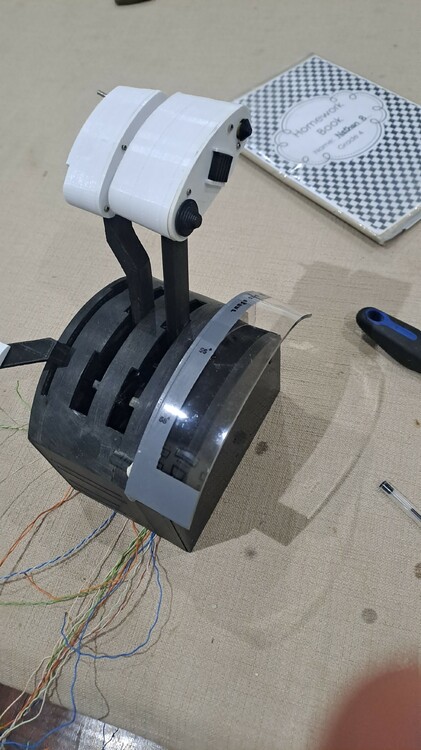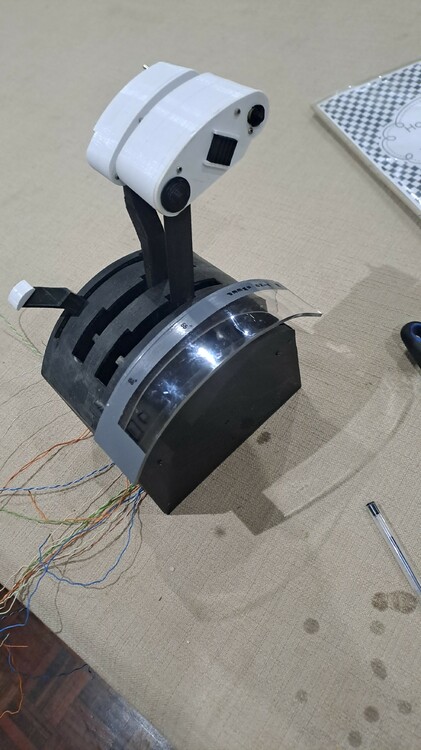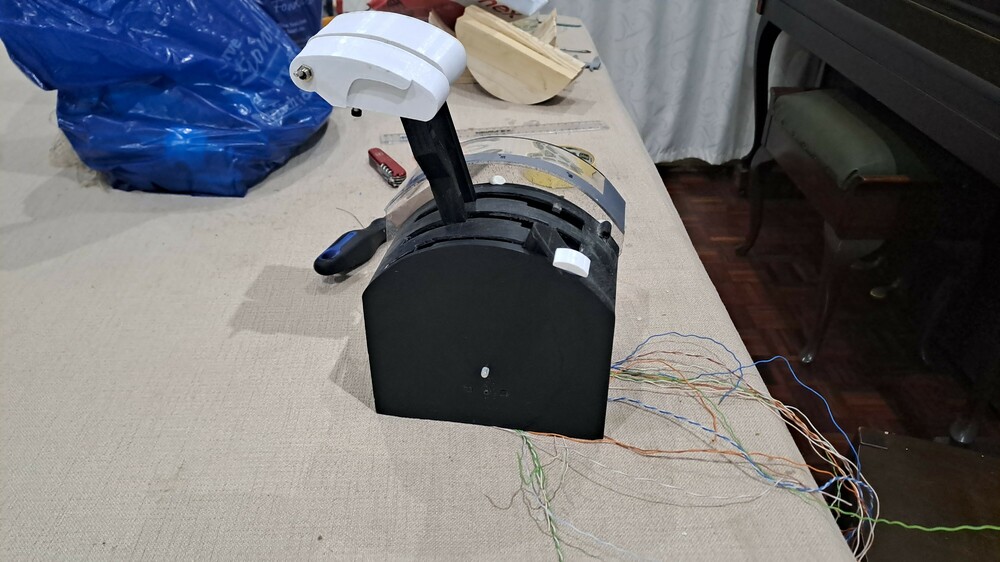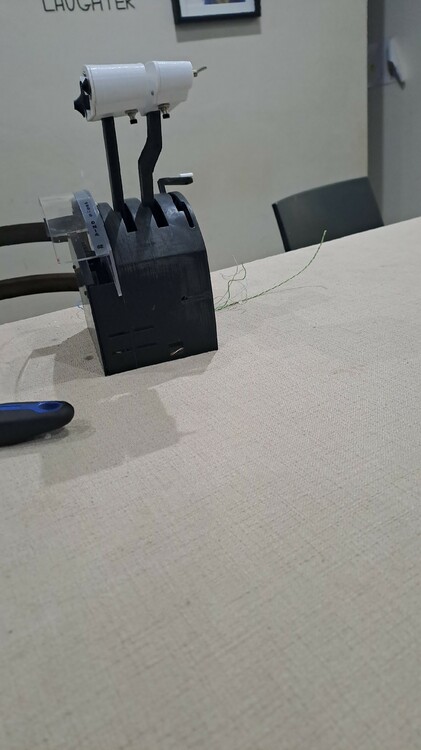Leaderboard
Popular Content
Showing content with the highest reputation on 11/06/23 in Posts
-
Dear friends and pilots. After a short break, our team continues to work to improve and expand our module Sinai map. Step by step completing the tasks from our roadmap. We don't forget about fixing bugs and adding new tasks to the roadmap for future improvements. We worked on the surface textures and seabed textures, and adjusted the color. Every day we add more and more unique objects and airfields. In Tel Aviv, Jerusalem, Cairo and Alexandria, we are working to improve unique scenes. Night lighting of unique objects will become more realistic. I attached some screenshots of progress in the work below. We continue working! Thank you all very much for your feedback and comments.10 points
-
The ALQ-119 will come during early access. DSCG Jets carried the 131 during the 80ies. Ramstein 512th TFS for example https://flic.kr/p/mjNFVB Mission makers can choose what to have available for the Mission. The 131 is already ingame (ED). The 119 needs to be modeled first.8 points
-
Hi all, we do have an internal report to investigate the potential of LuaJIT. I have marked this thread investigating for now thank you6 points
-
6 points
-
Hi fighters Long time no see. All this time, the team worked hard and today we will show you something. You know that Normandy2.0 is significantly larger than Normandy1944 and the Channel map, and provides users with significantly more opportunities to implement scenarios of the World War II. And the Ugra-Media team is happy to share the results of the development of the map, which allow you to realize the scenarios of the initial period of this war, including the Battle of Britain - the greatest battle in the sky of all times and nations. In this update, we add 7 airfields that you know: - Biggin Hill - Manston - Detling - Lympne - Abbeville Drucat - Merville Calonne - Saint-Omer Longuenesse - Wizernes This will allow you to adapt your missions and campaigns and supplement them with completely new historical scenarios. Now the distances have increased, build new routes, choose spare airfields and watch the fuel. We know your wishes for additional airfields on this territory. Stay tuned! Look at the first results of the work that is in full swing. Biggin Hill Saint-Omer Wizernes5 points
-
The answer to the question is a bit complicated. Currently, there are no servos in the HUD code, but this is because the HUD code is one of the oldest parts of the simulation and requires upgrading to the latest standards. However, we try to implement individual parts, as shown in the diagram, including individual servos, whenever possible and if it adds any value to the simulation. It also means that the HUD will be upgraded to this standard sometime during the EA period. It's worth mentioning that since all our modules will eventually share a common library of components, any updates will be automatically available to all of them. This means that whenever we improve the simulation of a servo, such as adding more details or new failures, all devices in all aircraft using that servo will get automatically updated. This effectively means that our plan is to keep the modules updated with the latest technology even beyond the early access period.5 points
-
5 points
-
No I am not kidding and you must be terribly misinformed, they never ever promised an F-14D and have repeatedly stated as much so often that it has become a meme at this point. This is an actual example of "We'd like to do a D and B/U, but we do not have the information necessary to do so to DCS standards". The F-14A-95GR to my understanding was the block designation given to the Iranians, where did you hear that wasn't real life? They have also repeatedly said the Iranian F-14 is a bonus version (Which wasn't in the original announcment I might add) and is going to be the Early 135GR with some systems disabled, not an exact replica of an Iranian Tomcat. Me and I assume others as well. For those who don't buy the E because they wanted a Naval F-4, there's Heatblur's market to make and sell one. And as Heatblur has repeated, the Naval and Air Force Phantoms are different enough to warrant a separate module. They would know more about that subject than either of us since they are in the business of making modules and listening to their customers. Others besides you have expressed very strong anti-F-4E sentiments and very pro-navy F-4 sentiments. They have seen this and knew it would happen which is why they already beat you to the punch in the FAQ stating they are making a Naval F-4 as well. The same thing happened with complaints about Jester, now we are getting a much imporved and scriptable Jester AI. the same thing also happened with the IRIAF Tomcat where there was much clamoring for one and they added it to the F-14 as a bonus.4 points
-
Nah, maybe for the US and Brits, but the rest of the world definitely thinks of the Phantom as a land-based fighter, mostly with a gun.4 points
-
I thought that to give you more context, I could share an example of what is the level of detail at which we work when we model and code the aircraft. Let's consider the AN/ASA-32 Automatic Flight Control System, on which I worked together with @Cat107. In one of the documents published by NASA and publicly available, you'll find this formula: We managed to identify the resistors and capacitors responsible for that 0.5 damping factor - and actually, it's not precisely 0.5, but if you round it to one decimal digit, it will be. However, we don't model separate RC elements in the code, and we represent them as a single 'canceller' component with a transfer function - just converted to a discrete one - as in the diagram. This yaw rate canceller, together with a pitch rate canceller, and multiple other (electronic) devices such as servos, synchros, amplifiers, relays, switches, rate gyros, accelerometers, and power supplies, forms what is designated as AN/ASA-32. I think the step between an RC element and individual resistors and capacitors is where we want to draw the boundary of our component simulation. Finally, as I wrote in another topic that is now gone, we are open to sharing the tech with our current and future partners, which also includes benefiting from access to the constantly growing library of components.4 points
-
A reminder to all, keep it friendly in the thread, people can have a different opinion.4 points
-
This is precisely what I meant, and btw all is fine with my eyes, but both yours and @Tippis's manners could use some improvement. What kind of the monitor/display device do you use? E.g. model?4 points
-
4 points
-
Let’s look at the combat records. Between the F-4 Phantom II and the MiG-21, the biggest variable is pilot training and tactical skill. At the beginning of Southeast Asia the NVAF had the training edge over US pilots trained in nuclear bomber intercepts. Scary thing is most of us on this forum know more about fighting the F-4 than your average US junior pilot did in 1965. Thus the MiG wrecked the F-4s: at one point the VA-176 prop engined Skyraiders killed more MiGs than their “Air Superiority” F-4Bs embarked in the same Navy air wing! TOPGUN of course changed this dynamic, and the kill statistics bore that out. The USAF kept their obsolete finger four tactics & bomber intercept training. Their kill ratio at the end was the same as 1965. The USN posted a 12-1 ratio by the end of hostilities. We see the same thing in the Middle East. Arab air forces not trained to the same standard as Israeli or Iranian pilots were mauled. While MiG-17s were fighting Phantoms over Southeast Asia & winning, the same jet was cannon fodder to Israeli Phantoms over the Middle East. MiG-21s in Arab & Iraqi service were downed in droves against Western trained opposition. Then we have the 4477th TES, staffed with the cream of the USAF crop. Aggressor pilots, hand recruited, 2000+ hours & many flown combat in Southeast Asia. Flying MiG-21s & Chengdu F-7s they frequently smoked “Blue Air” F-4s ,F-14s & F-15s in the initial fight. Ward Carroll recounted a fight where he lost to a MiG-23 when the pilot extended and shot them in the back. Bottom line; E-M diagrams and data matters, but training tops all. What does that mean for DCS? Excusing the minority of people who’ve studied in advance & may even fly the VSN mod as a basic training aid, most F-4E module buyers will be just like those US pilots from 1965: totally unfamiliar with analog aircraft or the F-4Es kinematic and technological capabilities & limitations. They will make the same mistakes , because they’ll do the same things they did with their Hornets and Fulcrums only to find out the hard way “lift vector on bandit and PULL” ain’t how you win in Phantom land. I anticipate a backlash from the easily frustrated players used to CCRP & AMRAAMs.4 points
-
Hi everyone! I just wanted to share my painting of the F-4E that I finished in February. With the hype at an all-time high during this pre-order period, I feel like now's a good time to show off a little Thank you Heatblur for creating inspiration. I had been intimidated to pick up the paintbrush again but the F-4 announcement (on my birthday no, less) really pushed me to make this. I hope you like it! And please, I absolutely love seeing others art as well so if anyone else wants to share their doodles, drawings, paintings of our favourite jet, please do so here! Some info behind the piece: "Phantoms over the Philippines" - Acrylic on 16"x12" canvas Two McDonnell Douglas F-4E Phantom II fighter aircraft - each equipped with two external fuel tanks and a single AIM-9P Sidewinder missile - tear through the skies somewhere over Luzon in the Northern Philippines in 1981 while on a training sortie. After the Vietnam War, the 3rd TFW, USAF reorganized and moved from South Korea to Clark AFB near Angeles City in the Philippines (hence the PN tail codes) in 1974. With the end of the tumultuous Marcos era in 1986, the fate of Clark AFB would fall on the shoulders of the new government, headed by Corazon Aquino. It was eventually agreed that US would return their largest overseas air base to the Philippines by 1992. The eruption at Mount Pinatubo forced the USAF to return the base early in June 1991 but not before six of the 3rd TFW's F-4E's would temporarily join the 7440th Composite Wing in Incirlik, Turkey during February of that year to take part in Operation Desert Storm. These would be among the last combat missions the F-4E would see in US service. Inspiration was a photo by SSgt. A. Taninggo.4 points
-
I wanted to do a bit of research with regards to the Curtiss Electric prop as modelled in the DCS P-47 modules in order to ascertain what is going on with the blade angle limits, and whether or not the behavior of the automatic governing vs. manual RPM adjustment was correct as we see it in the sim. As modelled currently, the governing range of the blades in the automatic mode reach their limit at 48 degrees coarse. Yet, by going into manual mode, you can further coarsen the blades to ~88 degrees -- what would be considered feathered. But this does not make sense for a single engine installation. I suspected that maybe the devs had erroneously modelled propeller limits for a multi-engine installation of the Curtiss electric prop and set out to understand how the limit switches (analogous to mechanical high and low pitch stops in a hydraulically actuated prop) function and how they should be configured in a P-47. For this I started out referencing the P-47 series Erection and Maintenance Instructions handbook (AN 01-65BC-2) 10 August 1944, revised 15 December 1947: As you can see, the depiction of the limit switches (mounted on the aft portion of the power unit, which also contains the electric motor) specifies three limit switches: Low angle, high angle, and feather angle. It is important to understand that all Curtiss electric prop installations have these switches as the props can be fitted to many types of aircraft. Indeed, some installations would be for multi-engine aircraft (eg. the B-26), where a separate feather limit would be needed. If one were to look at the wiring diagram for the control mechanism, and also if you read the user manuals for the Curtiss electric props, you can see and read that while the manual increase RPM switch uses the same circuit as the automatic governor, the manual decrease RPM switch makes use of a separate control circuit, one that doesn't pass through the high limit switch, but instead the feather limit switch (follow the yellow line): Indeed, in the generic Curtiss prop user manuals, it mentions that pilots can manually decrease the angle all the way to feather limits (albeit, at a slower rate than using the dedicated feather control on a multi-engine installation) if they use the manual RPM decrease control. One must remember that these manuals (you can check one out here for yourself) are made to encompass general usage of Curtiss props across several types of installations, and so are a bit ambiguous in specifying whether this feature works for a single-engine installation. If this was all there was to the story, the DCS modelling is correct as is. However, we also have this description of the limit mechanism: It mentions that the switches are tripped by cam segments mounted onto the ring gear. It turns out that how those cam segments are mounted, determines when exactly the switches will be tripped. How should they be mounted in our P-47? Which Curtiss electric prop models are installed on our P-47s? Here's what the Erection and Maintenance Handbook says: As you can see, we're already getting some hints about prop pitch ranges, but seeing as how we've got specific models listed and they all seem to be variations of the C542S-A series, let's take a look at that manual: There's a ton of information in here about installation, disassembly and description of components, but we're interested specifically in those cams: Here's the diagram, parts labeled 7-11 are the cams that determine when exactly our limit switches will trip. Notice at the bottom, we've got a note about blade angles?? Hey, we may be getting pretty close here. Let's have a look: Here, I've cross referenced all the specific model numbers listed in the P-47 Erection and Maintenance handbook, and you can see that for each of them, the High and Feather limits are exactly the same -- this means that a manual decrease of RPM should result in the same blade pitch governing range as the automatic mode. But why is our high/feather limit different than what we're seeing in game? To shed some light on this, here's a technical order from June of 1945: As you can see, at a certain point, blade angles were increased (the procedure involves moving those cams by 5 notches towards a higher coarse limit). There is still a discrepancy between this technical order and the curtiss prop manual, but I am assuming that is because the curtiss manual is 5 years more recent (1950). The one thing this does seem to prove, though, is that in all instances the curtiss electric prop installation on the P-47 had the same coarse pitch limits, whether governing in automatic mode, or set manually with the decrease RPM switch in fixed pitch mode. Also worth noting is that the increase limits in the technical order were done to help prevent engine overspeed in high-speed dives. Lastly, would like to reiterate the fact that, as others have mentioned multiple times on this forum, that the allowable engine overspeed limit in the P-47 pilot manuals is listed as 3060 RPM, probably owing to the fact that you WILL exceed the RPM redline in a dive at high speeds with any power applied: I believe getting the proper blade angle limits implemented would be a great first step on the road to really tightening up the P-47 module. Thanks for following along and I hope the devs really consider taking a second look at this.3 points
-
I'm glad it still works. I'm in the process of updating to 2.9 and updating modes etc. I've been down with Covid for two months. I know the missiles have issues. More information coming as I get through the mods. Unfortunately, NVG are not supported by the F15C avionics that this is based on. Never say never though. At some point, we might well find a way.3 points
-
I'm really tired of this "it will never happen" or "it was never promised" BS. You are verifiably wrong and if you would just read the FAQ you would realize this. "Yes!" is a promise, not a maybe... If you want more reciepts about possible release times and how much heatblur cares about the naval F-4, here you go. Here we see Cobra saying that the Naval F-4 is "not a distant afterthought" And here we see that the subforum itself is DCS: F-4 Phantom, NOT DCS: F-4E Phantom like the current posts within that forum. The subforum is not specific because it will cover ALL phantom variants released by Heatblur. Now let's jump over to Discord where IronMike talks about pricing and reiterrates it will be a separate module(different aircraft) and why they will be separate. And finally we're back to Cobra with the news (which shouldn't really come as a surprise) that the Naval Phantoms "will take precedence once the -E is complete and out of Early Access". Wow, so just like with the F-14, they aren't really working on mulitple versions at once, they are doing the E, and then once they're done with that, they will work on a naval variant. Is the naval variant coming after the Eurofighter and A-6? Likely yes as Ironmike confirmed that the current release roadmap is F-4E, Eurofighter, and A-6E with the naval phantoms to then come as Cobra said after the E exits Early Access. Again, we never see the word "if" in any of this, it's always, when, where, and how which show just like everything else that they have promised a Naval F-4 and intend to deliver on it. So just learn to be patient and wait, just like everyone else is doing for every other DCS module that has been announced already and taking years to develop with little news. The A-6 for example, which was announced before the F-4E and before Heatblur took over the Eurofighter, and we still don't have the AI model. Or the 10 year on-off development of the Strike Eagle. Or literally any other DCS module for that matter, this stuff takes time and whining NEVER makes the module you want release faster.3 points
-
That's because they all have large wings to carry their large-a$$ payload around. With said payload, they're not much of a turning-wonder either. LWFs are cool, because they can achieve a high kill-ratio against suppsoedly superior fighters, when using the right tactics. Back in the day the tech-gap between a MiG-21 and an F-4E with four Sparrows was mostly a paper-thing, as the F-4E (given no external IFF capability is at hand or Combat Tree mod is installed) has zero SA as to the nature of what it has locked. So you're down to a V-ID pass and all you tech advantage just went down the sink. When flying low level your radar is going to be a royal pain in the butt and locking somebody co-altitude or even look-down is going to be frustrating. Say goodbye to Mr "Sparrow in ya Face". The nature of the fights of those CW jets is much different to the AMRAAM-fest at 20NM that TV-screen operators are used to. What's often forgotten when discussing the MiGs is their sh1tty armament and their narrow engagement-zones (WEZ) during the time of those wars we're usually taking for benchmarking them against western jets. Don't forget about those silly engine blocker-doors and the louvers inside the strakes. Nice idea, but useless. I'd rather take the amount of fuel that could have been installed. I'm not sure the 21 is a better dogfighter. It's easier to to fly in some aspects, but it's cockpit ergonomics are dog sh1t. Having a HOTAS system where you could map important functions on a stick that doesn't exist in the real jet mitigates that issue quite a lot. Also, the F1 is a much better mission oriented aircraft. Just ask the iraqi pilots that had to take salt-pills flying the MiG. Just having a decent air conditioning system in the F1 made the aircraft a lot more effective.3 points
-
3 points
-
I have tested a fix for MT for the crosseye tool, hopefully it will be working again in a public build soon. thank you3 points
-
They all use different methods, is the point. IL2 BoX uses scaling and contrast variation (earlier it was contact dots transitioning to low-LoD models). WT uses contact dots and supersampling to create aliasing. BMS uses distance-variant scaling — no dots at all. I have seen discussions about them moving to more complex variants like Sanpat 2, but don't know if that ever happened (also, they're even more into tedium than DCS and don't make money from any level of attention span… but that's a different design intent conversation ). DCS's solution with contact dots and distance aliasing — and I can already see the fury this will cause — is closer to WT than anything, and always has been. Back in the impostor-dot days, the comparison would probably skew more towards IL2 46. But they're also picking those solutions for different reasons and to serve different purposes. IL2 BoX wants you to be able to find and join fights in a world without radars and precision GCI — upper-limit visibility is what needs to be enhanced to make that happen, but also needs to strike a balance where individual planes are not super-obvious. WT partly wants that, but also wants to show off a spectacle and a perception of huge fights — just showing more is a goal in and of itself. BMS wants you to correctly see (and track) target aspects at modern dogfighting ranges, which was the original purpose of the scaling model — max-range spotting is more of happy accident. …and DCS wants… well, as many have pointed out, that's still bit of a question mark. “Better” is the description used, and the specific changes also point towards them wanting to make it more equitable between resolutions, display types, and also zoom levels. It's difficult to discuss which method would work best without a clear purpose, although everyone will have their favourite because it serves a purpose that is close to their heart. Whether that wish matches with what ED want to get out of it is a separate matter. Tl;dr: it would be really helpful in all of this to know the underlying intent. It's easy enough to pick any other game and go “hey this works because [reason]”, but not only are game comparisons largely frowned upon, they're also not very helpful when we don't know if that even relates to the problem the spotting dots are meant to solve. It would be prime dev blog fodder, if that was a possibility.3 points
-
Hi @kotor633, the reasons are unknown to me. Design decisions made back when the Gazelle module was first developed sometimes remain a mystery to the new Polychop team. That said, one of our community contributors, Mispunt, just finished this magnificent livery that will replace the fictional Cyprus livery in an upcoming patch.3 points
-
…and a guy who mistakes clouds for planes, and using that mistake to conclude that he sees even more things that aren't there. You wouldn't want to forget that guy, now would you? You have offered a good hypothesis for the first point though: people running on bad display hardware that exaggerate what it being drawn. You finally contributed something constructive. Yay.3 points
-
Thanks, I am sorry but only dot I can see is in the larger cloud and very faint.3 points
-
It's okay. You need to use ADI,HSI,Variometer, Altimeter, Airspeed indicator for flight. You can see missile locked by the symbology on the radar or gun reticle.3 points
-
I recognized this place RIGHT AWAY! (Bodø, Norway) I only spent 6 weeks there a long time ago - Wow what a beautiful map!!!!3 points
-
Nobody cares what you think about it though. It's overwhelmingly probable that the developers have misinterpreted the RWR manual, and implemented it incorrectly. It's thus wrong and unrealistic. The mod makes it work closer to how it should. Ideally the Search button would be fixed by the devs to work in a way that's correct.3 points
-
I set all the graphics to high and laoded up the Apache on high and the system ran buttery smooth down low in the trees. I have an AMD 2950 and a NIVIDA 4080 16g and all openXR worked great. Thank you so much to the DEVs and all for a great update. Things are gona be a lot more fun.2 points
-
UPDATE 03 November 2023 One year ago today a group of us met on Discord to discuss a way forward when the source code appeared on Github, uploaded by the original developer of Vaicom Pro. Could we make it fully functional again in DCS World 2.8.6? For VR pilots that had become reliant on the ability to simply talk to the Ai in DCS rather than use a mouse and menu structure, the loss of Vaicom Pro was a real blow. We were super motivated to just get it working again. Given the complexity of the code and it's extension based functions, with no developer insight or understanding of how it was built we set on 48 hour patching binge and created the first community version that sort of worked for most modules. One year on we have kept refining and simplifying the code to try and reduce the workload of keeping it functioning with each new DCS build. We have had a few hurdles placed in front of us along the way, the introduction of pure client scripts, the reindexing of airfield names on many maps, changes to the comms layer behavior, the list goes on. But overall the plugin has become stable again. Some milestones: - Create a solution based development environment. - Establish a Beta Test team (thank you for your hard work). - Move Vaicom Pro interactions to the DX layer. - Add 3rd party missing modules to the list of supported Aircraft. - Make AIRIO and Chatter dependents of the main VAICOMPRO.dll - Add many of the Community Mod modules to Vaicom pro. - Flesh out Carrier Comms and supported carriers. - Remove redundant UI options and add extension control via the UI. - Establishing an Auto Update function for vaicom Pro with no ongoing costs. - Passing 3000 members on this Discord and 20K downloads on GitHub. (Thanks to our Community Fixers for the endless support to the user base) - New friendships and many laughs amongst the team. The future: - Version 2.9.0.5 is currently in Beta Test This will add more Community Aircraft and fix some bugs. - Work has begun on trying to fully understand the AIRIO extension to allow us to better adapt to changes we might need to make with Jester 2.0 - Try to stay keyboard free! Happy Birthday Vaicom Pro Community Edition, it's been a blast2 points
-
Here is a new link since DropBox really quickly said "that's it": https://drive.filen.io/d/1a499758-63aa-43b8-8fdd-dea14cb467f7#VAvbNSmQojw7tOrfVJE07Ud0nYdqfRML @salling772 fyi2 points
-
Thank you, I will have a read. I‘m not completely unaware of such effects. It‘s just that it is very pronounced in the Gazelle. Perhaps due to the low mass/inertia. Cheers2 points
-
As I have understood it Steam will have the same price as the ED and Heatblur stores. Once it's released into early access it will go to full price.2 points
-
Hi there. I could write a lot about this but nothing I say will explain it as well as this wiki article: https://en.m.wikipedia.org/wiki/Transverse_flow_effect Transverse flow, and anticipating the effect is key in countering it2 points
-
Of the three, if I had to pick one, I'd pick Harrier. Why? Here's the pros: * It has a great view. Big old bubble, with pretty low edges. * It is agile and zippy, with a great thrust-to-weight ratio and a very nice roll rate when light. * It has this awesome noise when you pull back the throttle. * It can do some very interesting and hard to learn things such as vertical landings. So what sucks about the Harrier? * The targeting pod is a monster, being tacked on and shoehorned in by creative crayon eaters IRL and every maddening UI weirdness is faithfully recreated by Razbam (is this really a con then? ) * It's neither as supersonic fighter jet-y as the Hornet, nor is it as brrrrrrrrt, you die-y as the Warthog. It's a bit of both. So there you have it. Harrier for the win, all day long baby.2 points
-
Hey! I've heavily modified this mission and it is now fixed, should be out together with the whole Raven One overhaul in November patch.2 points
-
I enjoyed the campaign! Just finished tonight. Originally bought the campaign for the Huey but only played the first mission before getting side tracked for a month. Picked up the Gazelle on sale and played the campaign through with Gazelle. Really enjoyed flying the Gazelle with new flight model and glad to have some mission content to fly with, as the bird hardly came with any missions. Must admit I did not read all the text. Was happy the mission objectives were relatively simple and the tasks involved did not require too great skill level. Providing atmosphere and reason to fly is most of what I need. Well done Stone Sky.2 points
-
"Darker and less glossy" livery for the carriers. Floating somewhere about on the User Files.2 points
-
To clarify, the original Lua project (found at lua.org) and LuaJIT (available at luajit.org) are distinct projects. LuaJIT enhances Lua 5.1 compatibility by offering substantial performance improvements, both with and without its Just-In-Time compilation features, compared to the standard Lua 5.1 implementation. Assuming that a system like DCS relies heavily on Lua's table structures, which are dependent on Lua's hashing functions and internal mechanisms, a switch to LuaJIT would lead to more efficient table access. This is because LuaJIT not only compiles the code for reading tables, resulting in smoother linear execution but also employs a more efficient and better-distributed hashing algorithm (https://en.wikipedia.org/wiki/Hash_function). Regardless of whether DCS utilizes Lua solely for its hash tables, which it doesn't, LuaJIT has the capacity to speed up both the lexing/parsing phase—which translates the program's text into a form the computer can process—and the performance of table operations. It is important to mention LuaJIT's performance in calling C and C++ functions is better than Lua 5.1 too, so switching to it will boost communication with DLLs and compiled part of DCS. The best thing is that LuaJIT is C API compatible with Lua 5.1 C API, so it is possible to use it as a drop-in replacement in DCS with some small changes. The other positive point is that LuaJIT is well battle-tested, companies and organizations like Cern, Cloudflare, and Cisco are notable users of it. I would love to hear from the DCS development team.2 points
-
Maybe 57 and probably seen more combat than your keyboard. Get my drift .2 points
-
Is it possible to have waves breaking on the actual shoreline, or is this a DCS issue, I was enjoying low level on the Sinai peninsular itself along the coastline, and it looks a little weird with surf breaking out to sea, but then nothing on the actual coastline. Not a criticism, love your work on this map, just a question of possibility, i realise that its a game with limitations2 points
-
I hope the update brings more variation to the cities and ground objects. I'm not getting my hopes up yet but some of the screenshots looked promising in that regard. And we need airports closer to the map borders otherwise a lot of nice area is underused. I hardly ever got further down than St.Catherine which is almost the center of the map.2 points
-
Another way to practice carrier landings without the a hud is just turn the brightness down on the F-14. In fact I don’t use the hud for landing the F-14, just the AoA, alt, variometer etc2 points
-
I think you're lying because you claim that information that was in the two respective posts wasn't there. You can find it by clicking on the quote links in your own posts. In the second one, you even included the information that supposedly wasn't there in your quote. By the way, they're two different pictures. You'd know this if you had actually read the posts and not chosen to ignore the information in them. Uh-huh. -1° hue; +1% saturation, -1% black compared to the background. That does not qualify as clearly visible in any sense of the word and world apart from the huge black blobs that have been claimed. Can you see it if you hunt for it and know where to look already? Yes. But you don't. And that's if you sit so close to your monitor that the pixels are above the visibility threshold to begin with. The artefacts you're confusing for spotting dots is DCS cloud rendering. Let that sink in for a bit. And again and again, If you want to argue that a dot at any given distance shouldn't be visible, present that argument. Why shouldn't they be visible? What in their nature, or in this setup, makes them invisible in this situation?2 points
-
2 points
-
I actually explained the setup of the picture you're using in the very post you previously quoted. For the second setup. I explained how it was an expansion of the first and I even posted a zoomed-in view which clearly marked the ranges you were looking at. If you took more time to read what I actually write rather than relying on strawmen and then being abusive when your claims about what I say doesn't match what I actually say, you'd have an easier time with all of this. Go back, read again, and see if you can come up with an actual argument rather than useless ignorance and counterfactuals. There are 44 aircraft within the frame of the the second picture — 11 groups of 4. Again, the farthest range is explained right next to the quote you're using, but you have to read the words and note the phrasing. 3 of those groups are reasonably visible, but the last 4 aircraft are difficult to immediately spot. A fourth group is pretty much invisible unless you know exactly which pixels they are. 12 also happens to be roughly the right number of properly visible aircraft — maybe, as I have consistently said, they can stand to be a bit more faint so that fourth row is truly, not just virtually, invisible and the third row is something you'd have to put your nose up against the monitor to really see. What you don't see is what you claimed: “black boxes the size of small buildings” and that you “can still see them 30-40 miles out pretty clearly”. Instead, you see increasingly faded boxes that stop well before even the lower bound of that bracket. Again, if you had bothered to read, you would have known this already. Best way to tell is to set your screenshot format to PNG and just hammer the button when things start to get in range .2 points
-
2 points
-
Hello to all, i asked the suport of DCS an get this answer: from ED IT Team 01.11.2023 09:53:13 Hello. Our developers are aware of these problems. Work is already underway, but, sorry, I won’t be able to say when it will be done Best regards and many happy landings ! Eagle Dynamics IT Team So I hope it will repaired with the nect update.2 points
-
Here you can see how i basically manufactured it - I first laser cut and engraved the main section from 3 mm acrylic. I then made a set of form blocks to the same radius as the throttle chassis, then heated the acrylic with a heat gun and pressed it between the form blocks - a bit of spring back here was a good thing as the radius needs to be slightly more than that of the throttle chassis. You can see one half of the form block in the background of one of the pictures. Anyway, once that was done, I cut the flat section on the bandsaw and glued the two pieces together using MEK. works very well. Masked and then painted grey. There was a bit of overspray, but that will be easily cleaned up with some polishing. If you look at the last photo, I think it's still sitting a bit high relative to the rest of the throttle chassis, what do you guys think? I think I need to trim the bottom curve a touch to make it sit lower. I haven't drilled the hole for the swivel yet, it's just held on with prestick. I finish it up tomorrow. In the meantime I am going to get the stepper motors in place.2 points
-
Recently Browsing 0 members
- No registered users viewing this page.

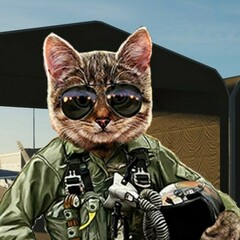



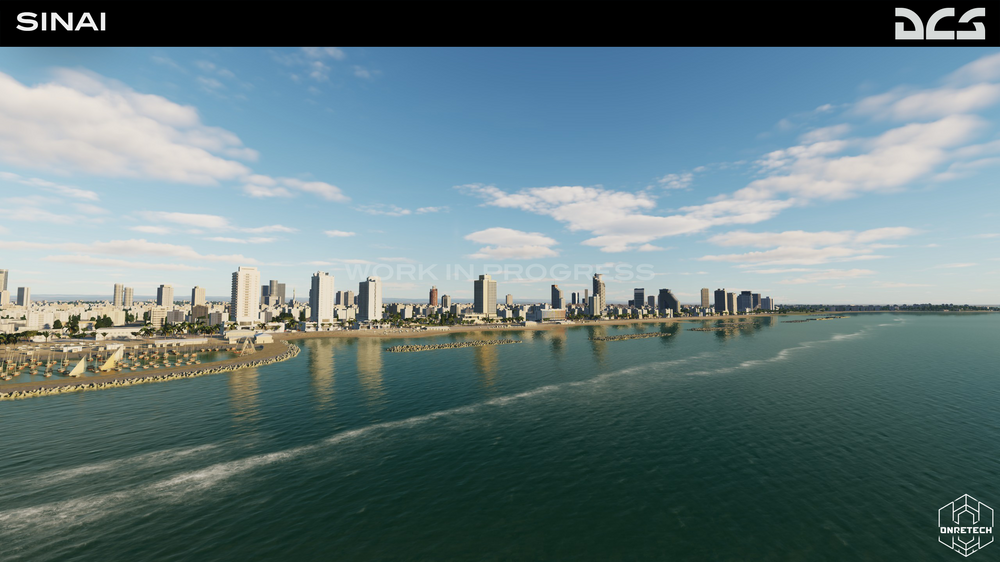
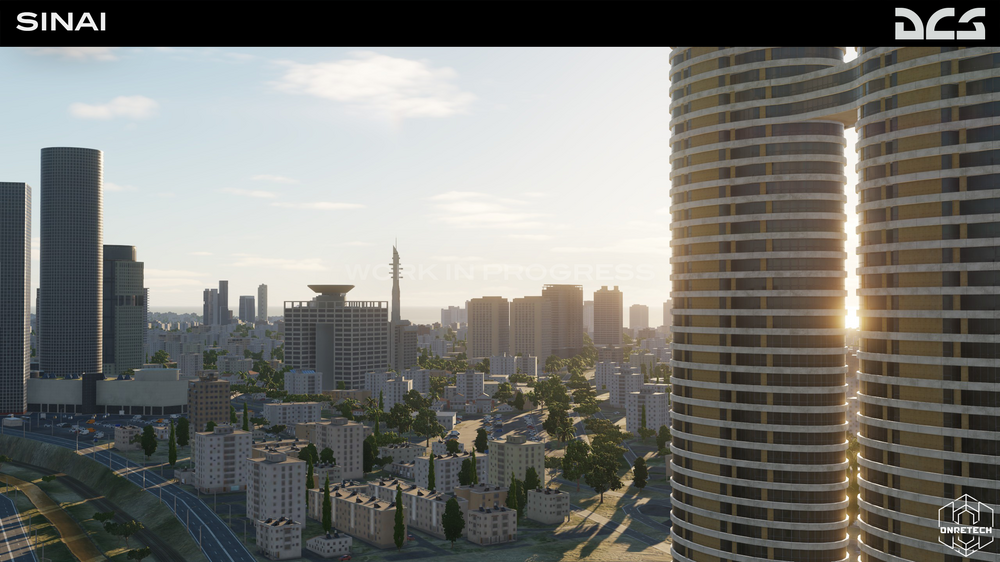
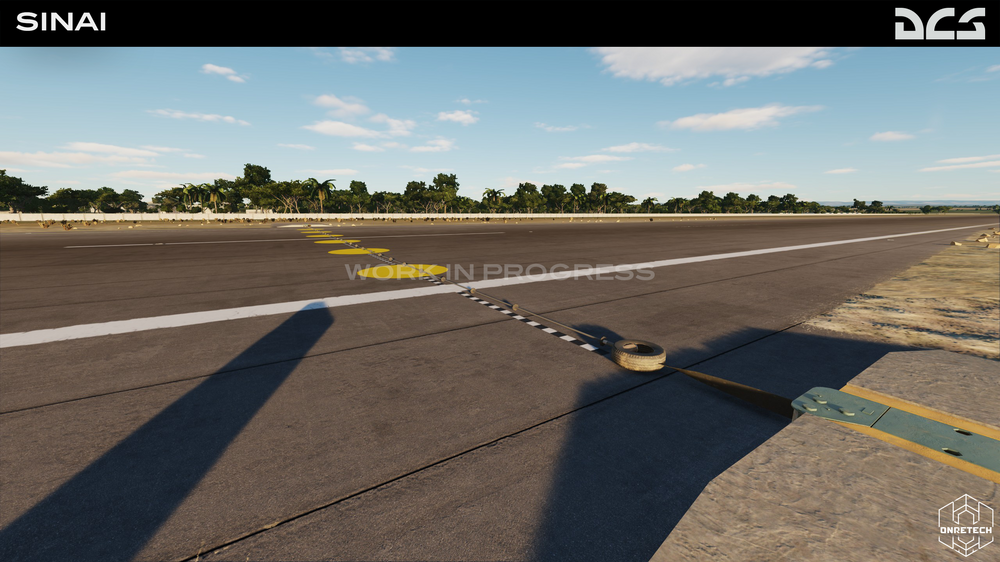

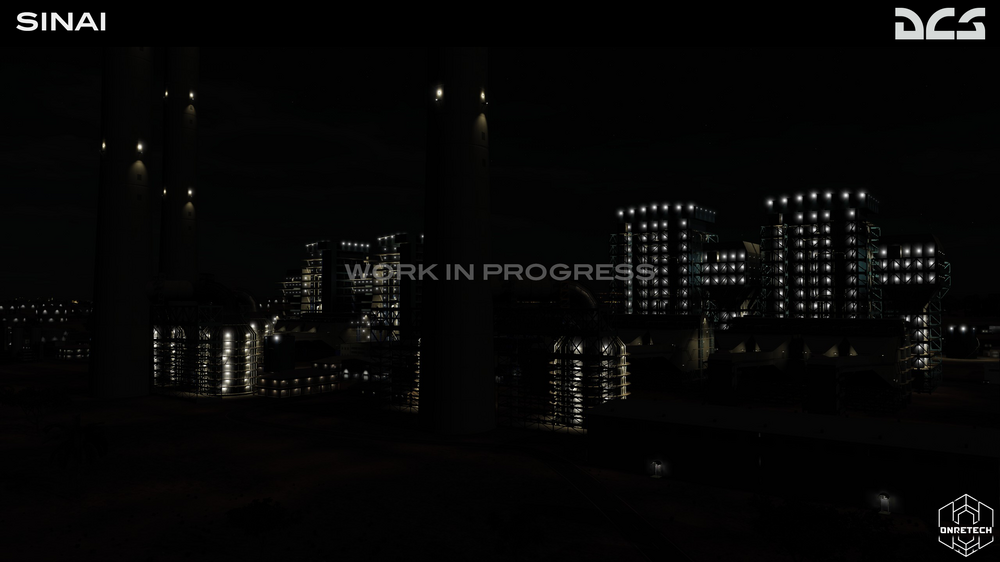
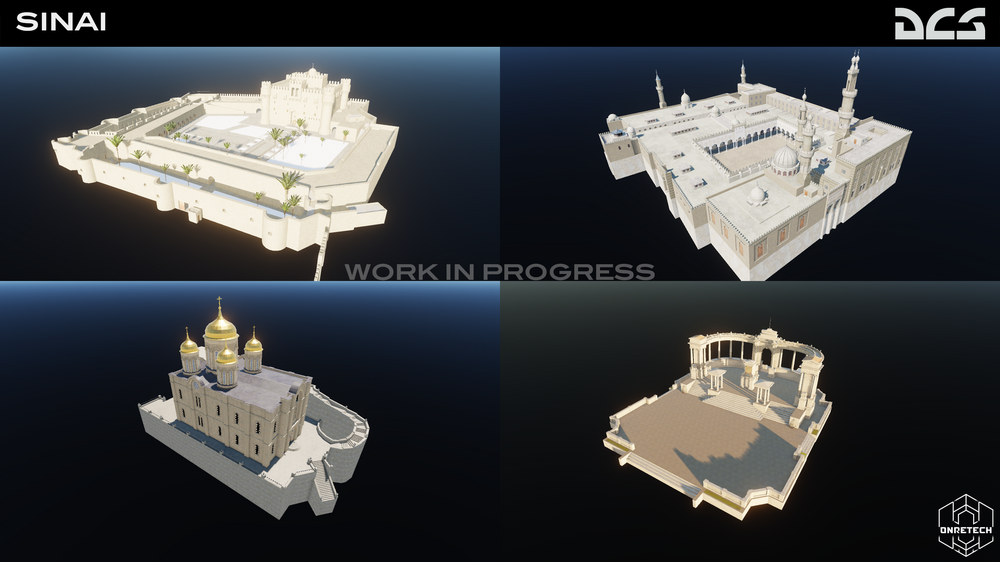
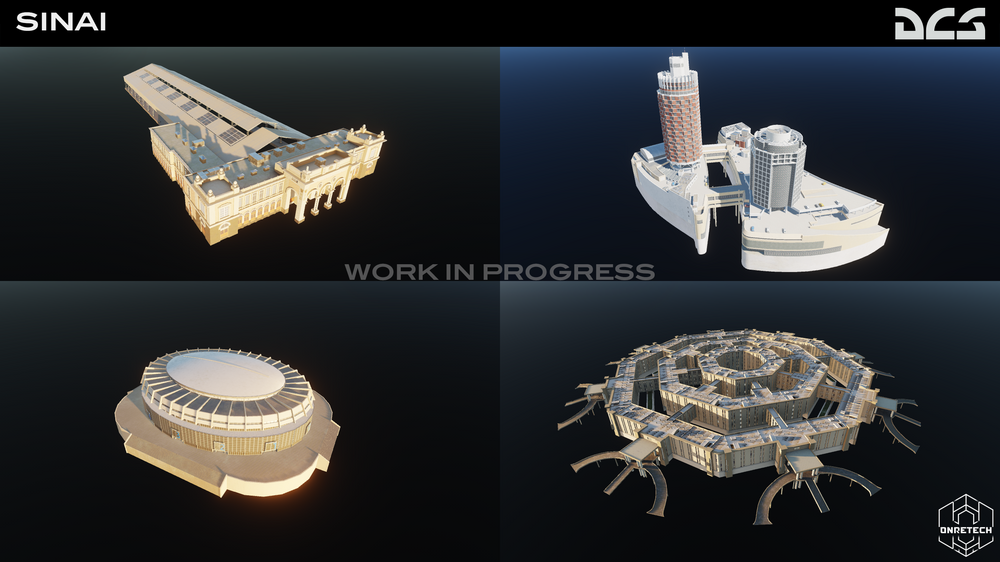
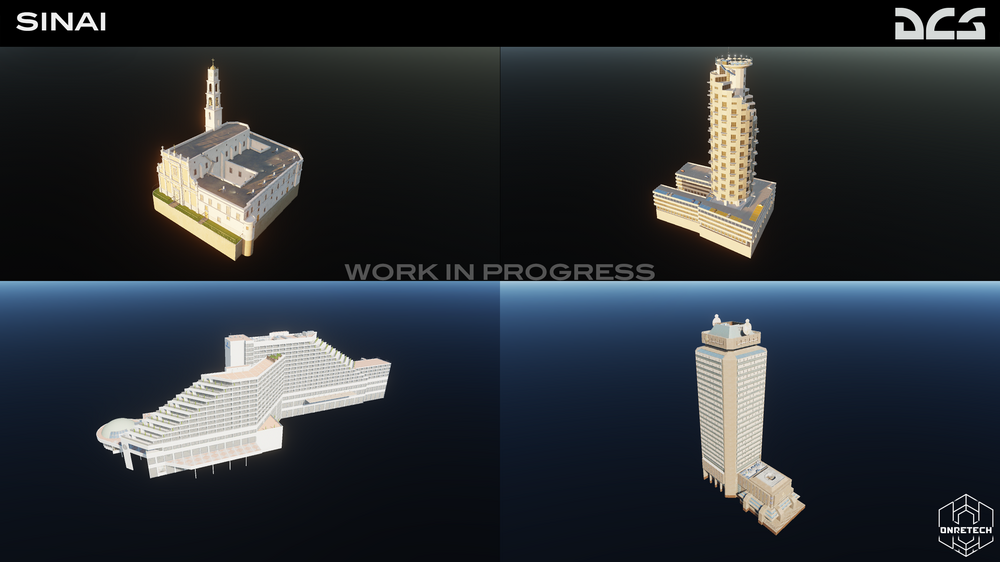
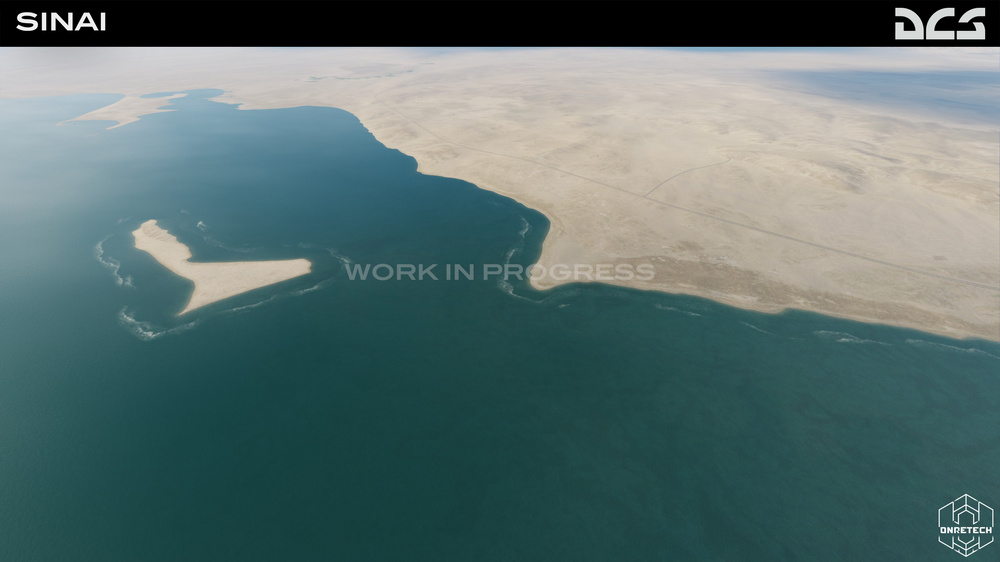
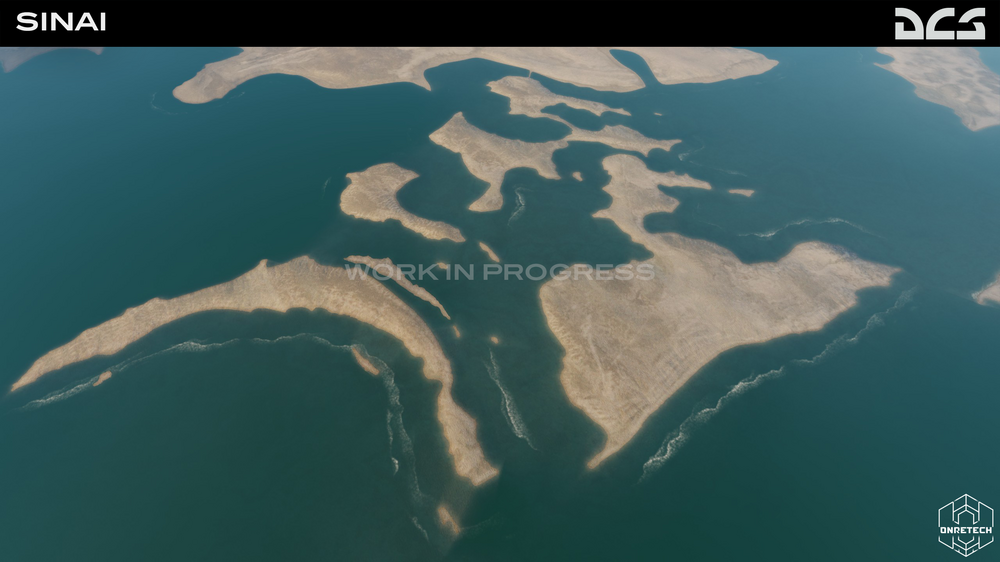
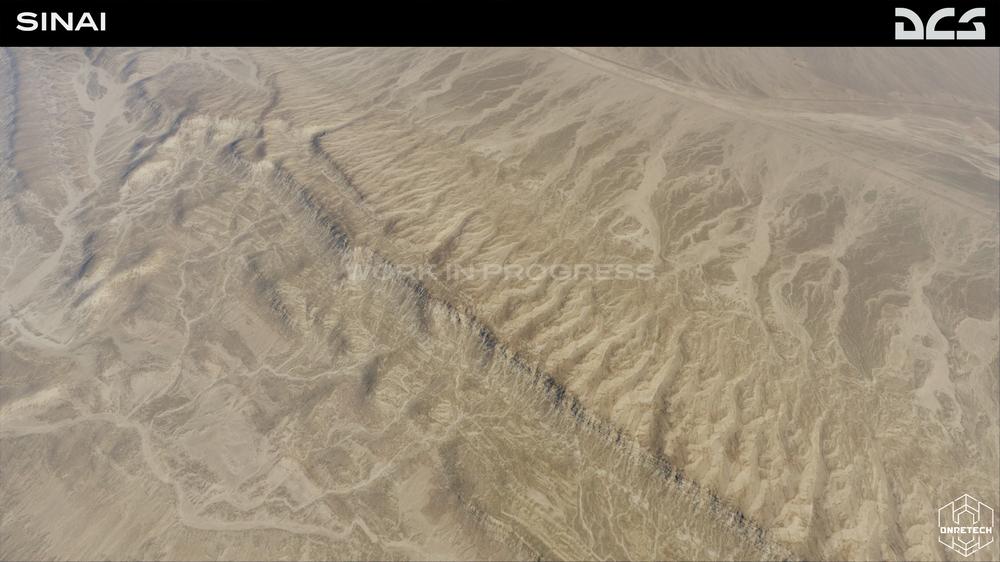
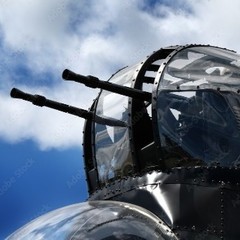
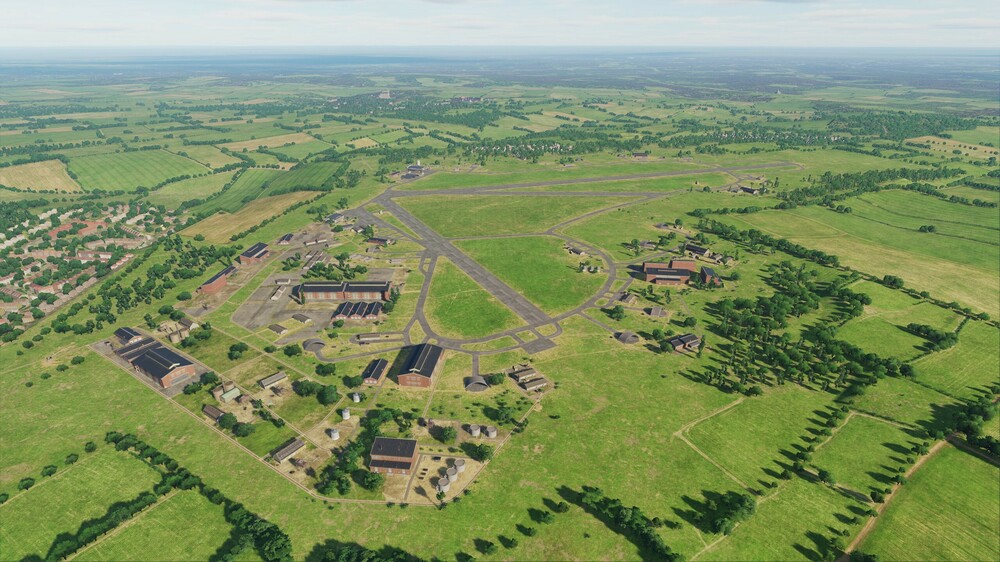
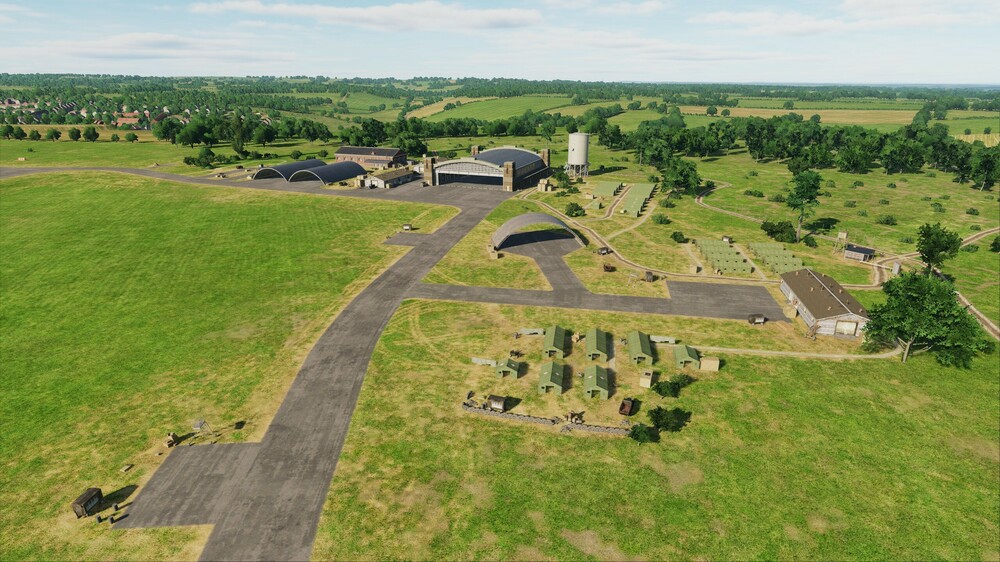
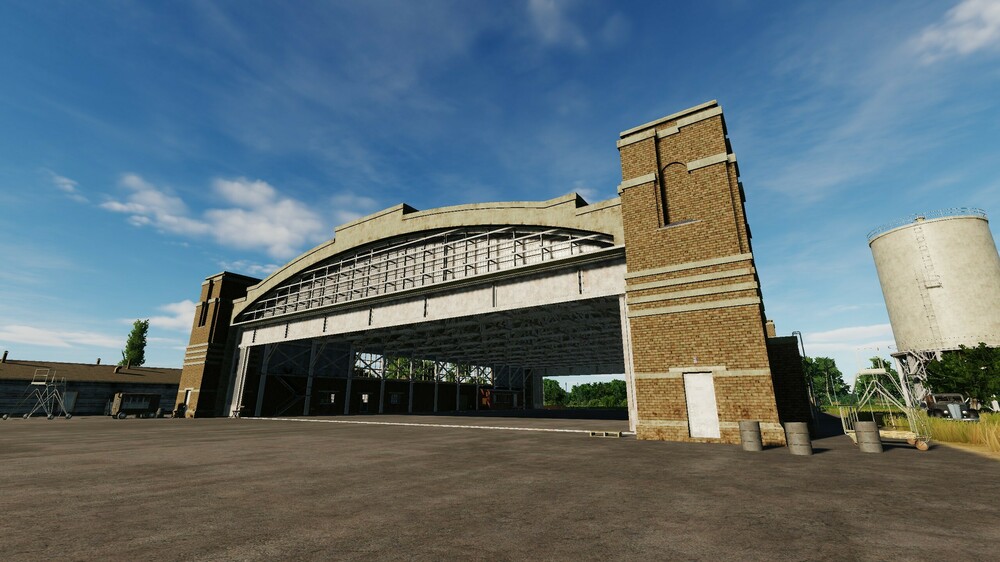
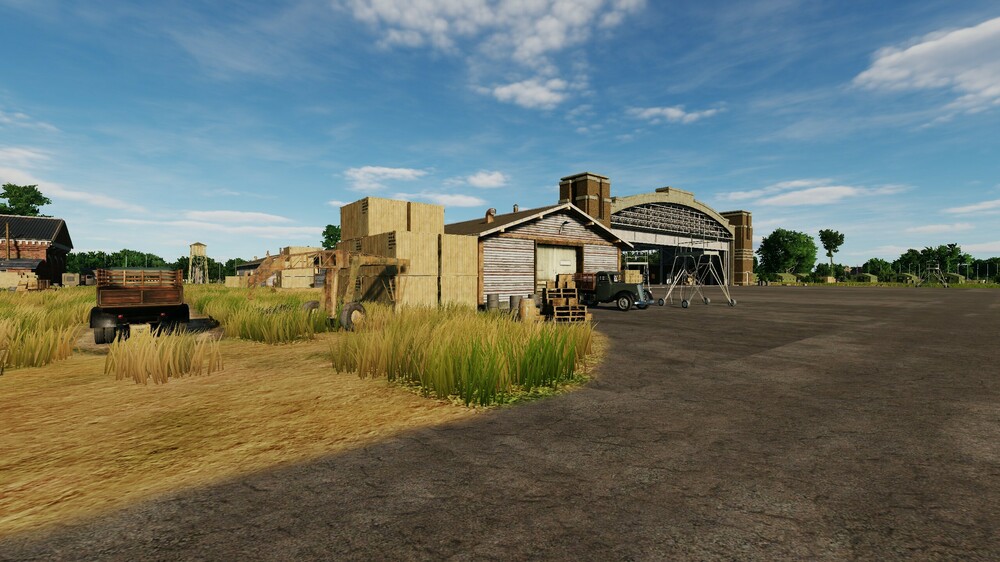
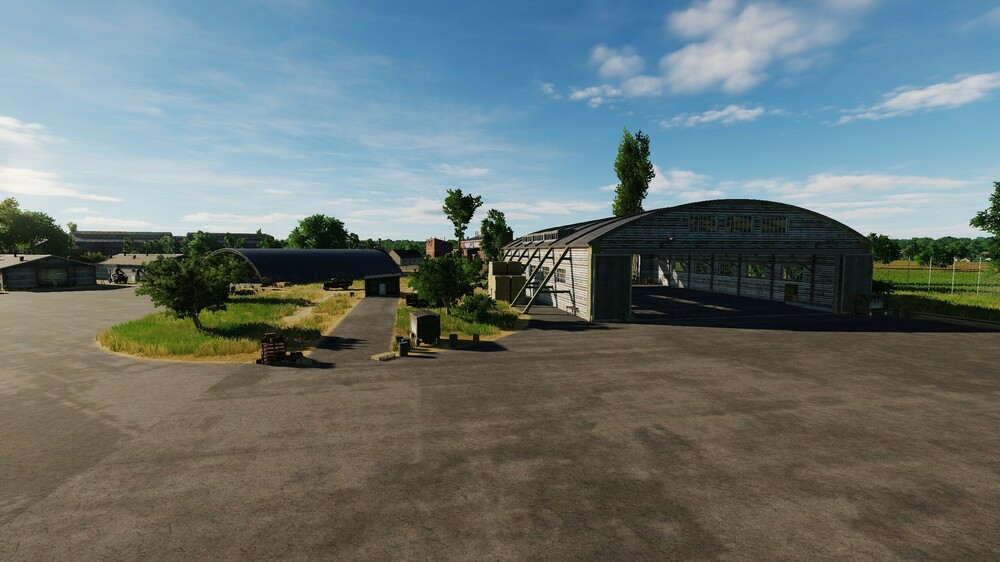

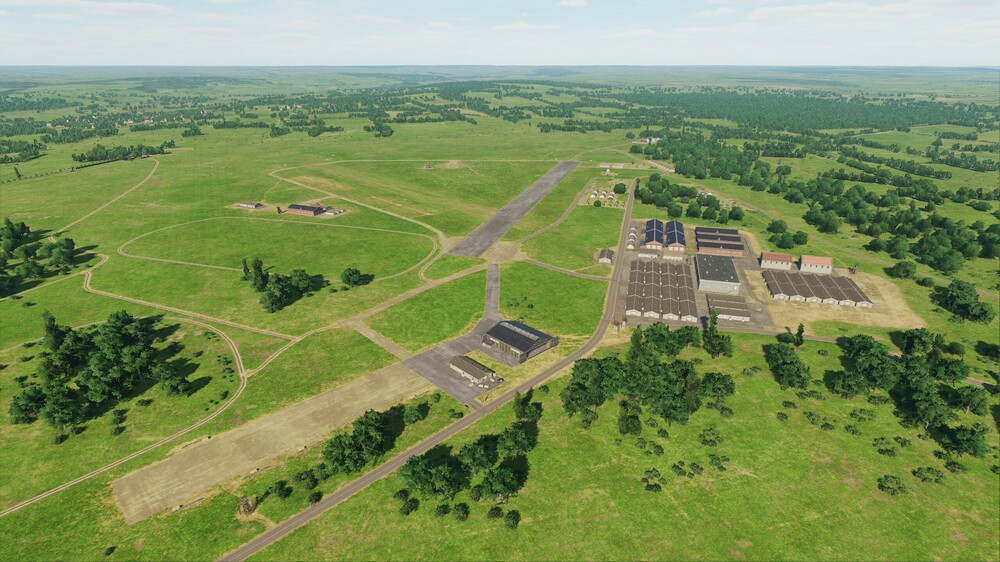
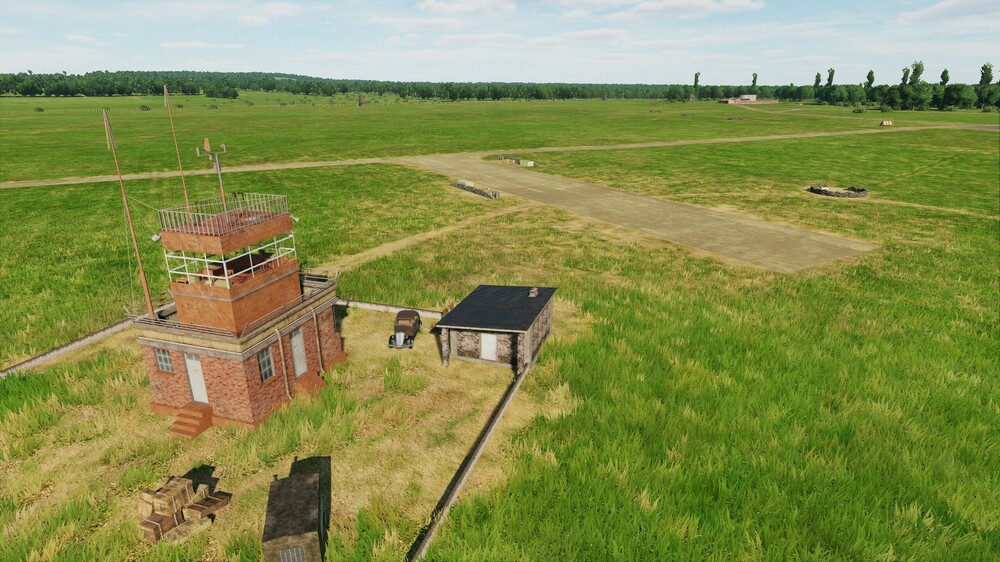
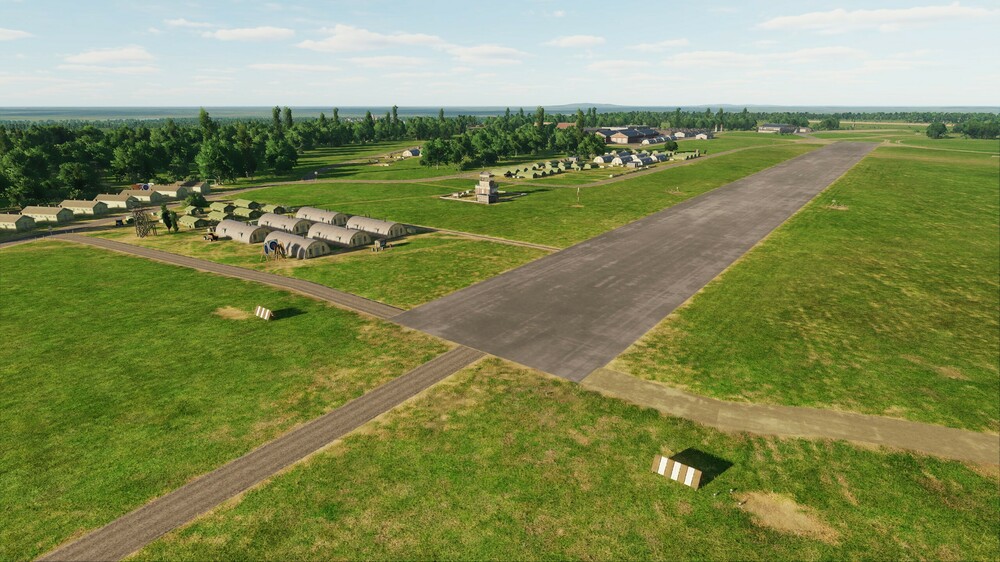
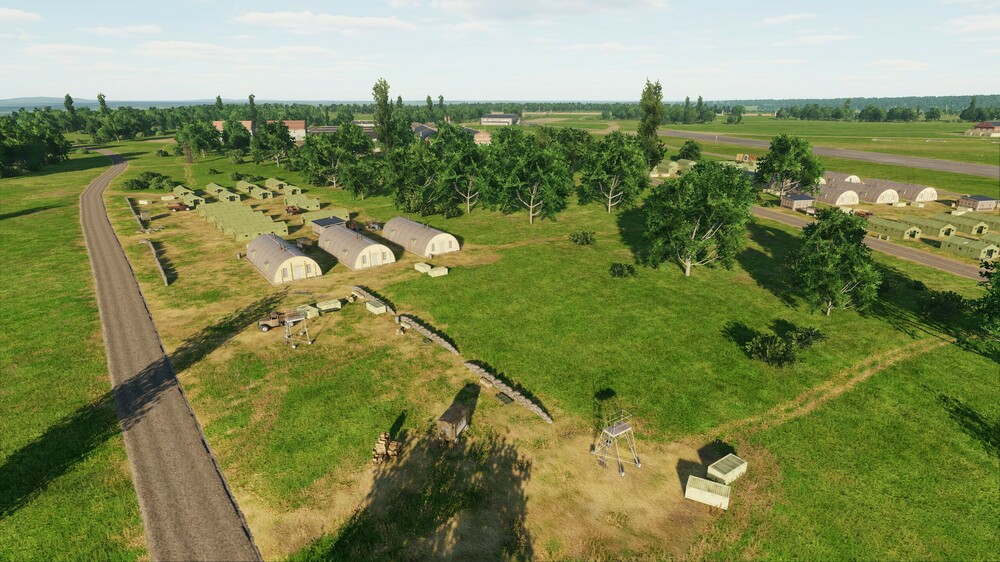
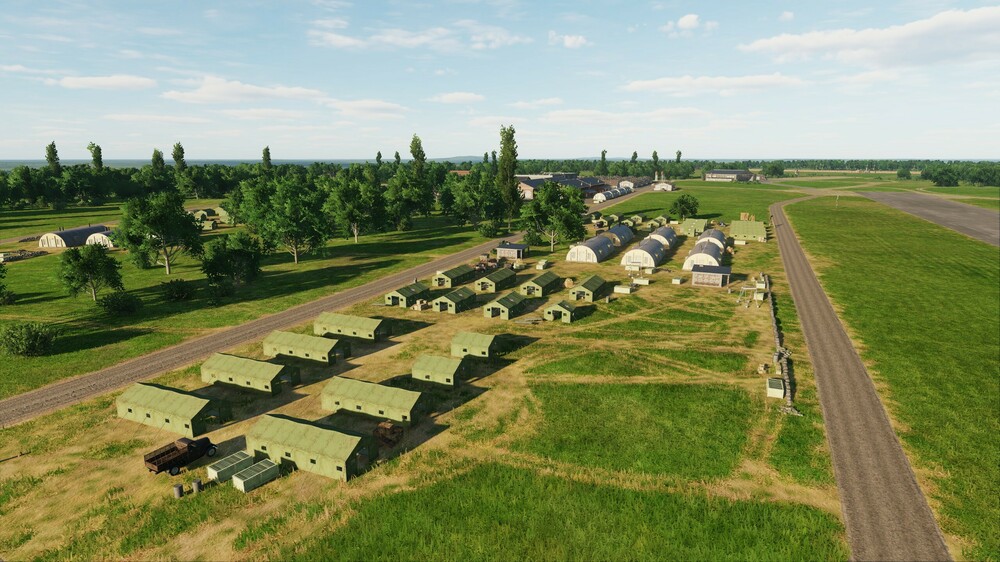
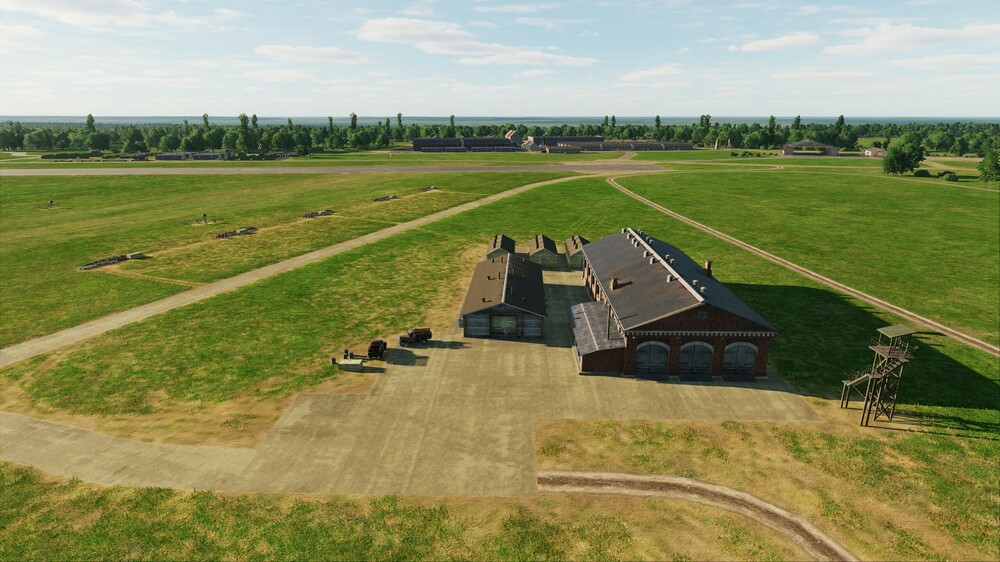
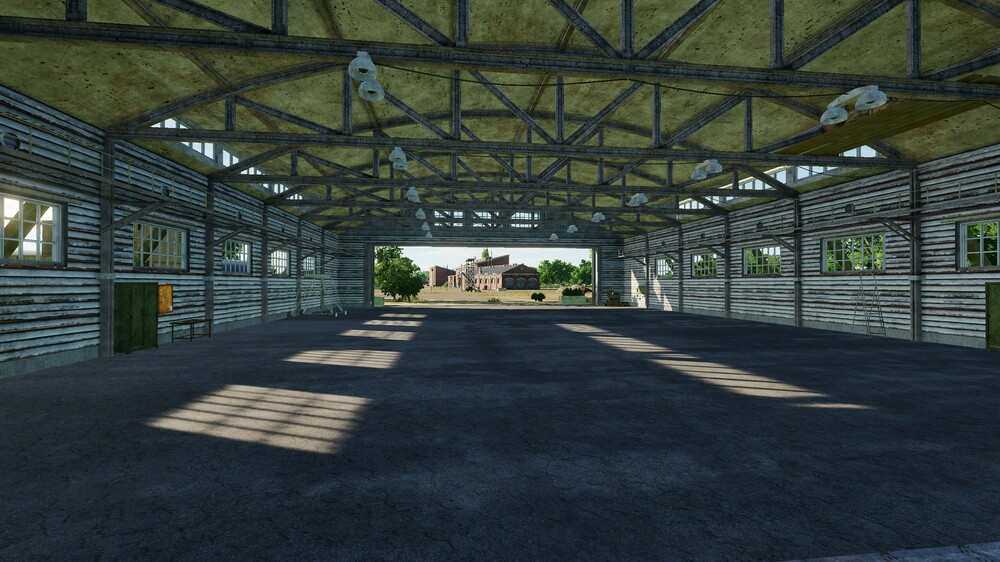
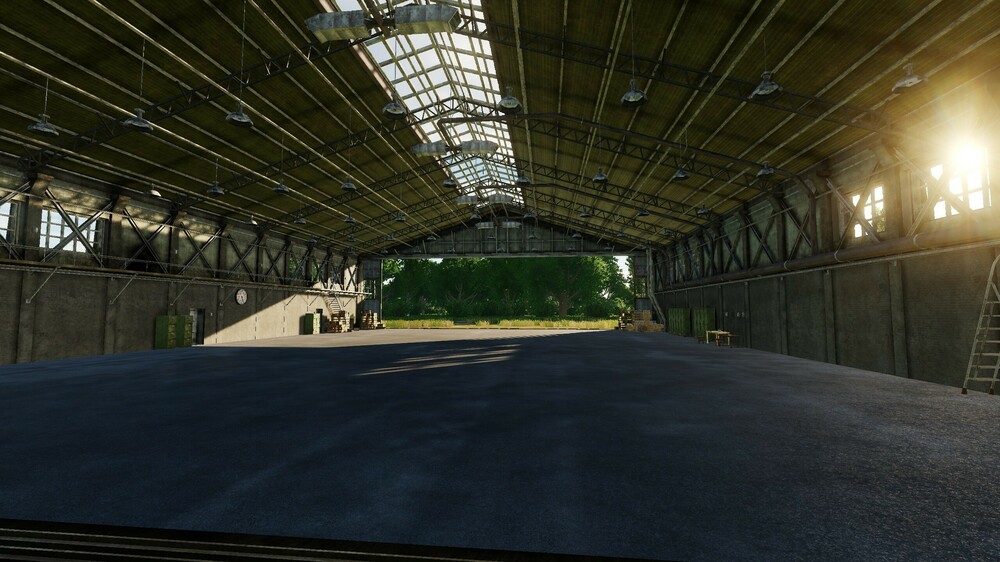



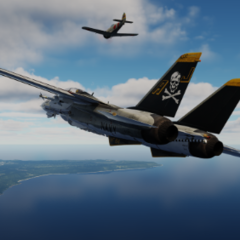
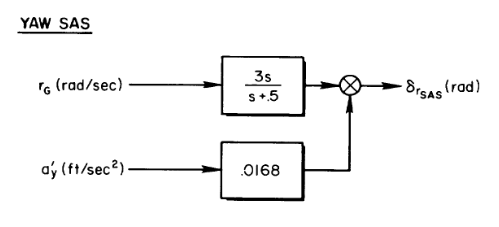







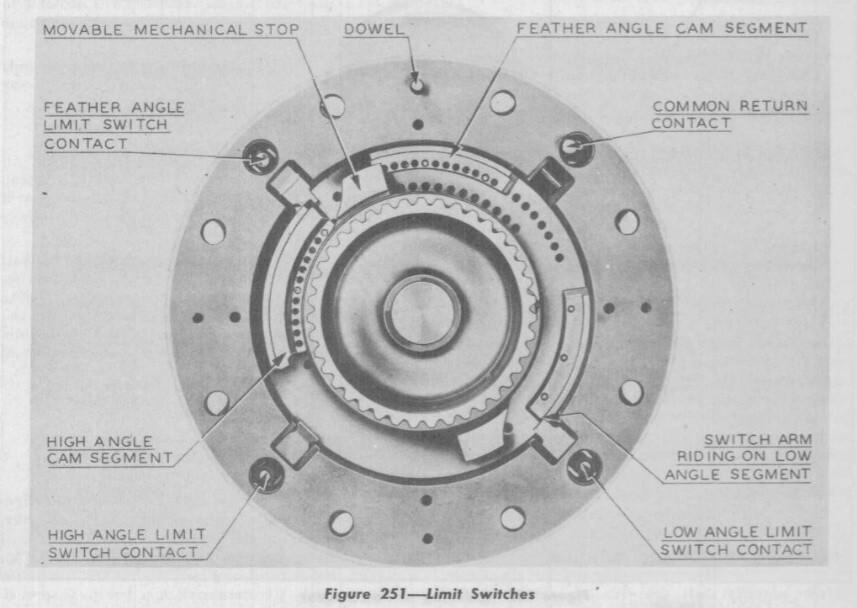


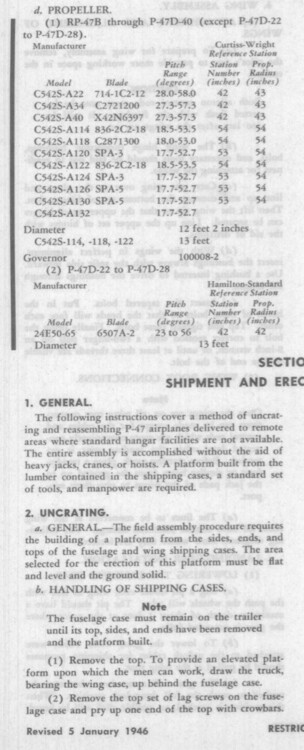









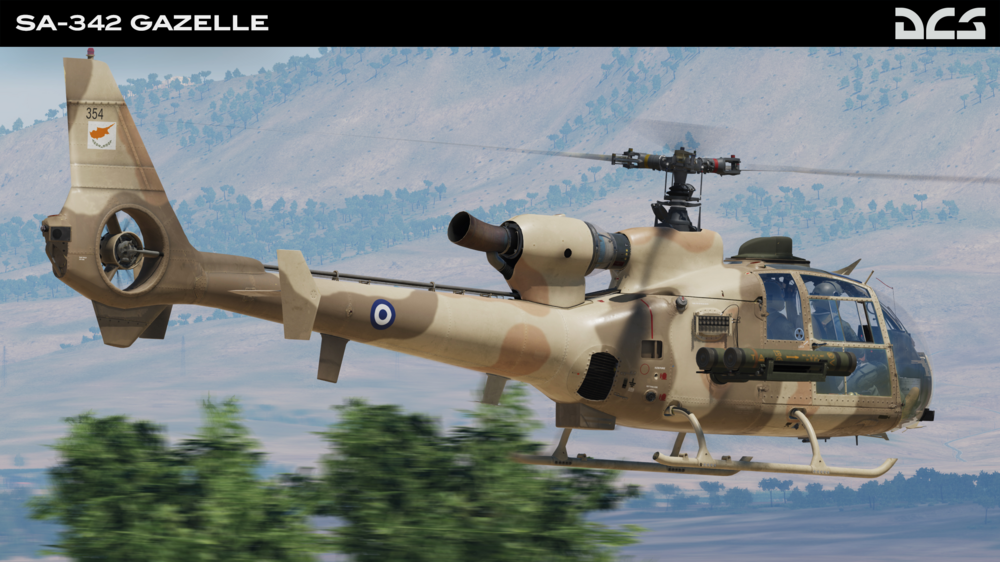

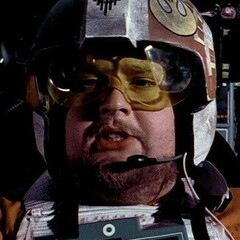

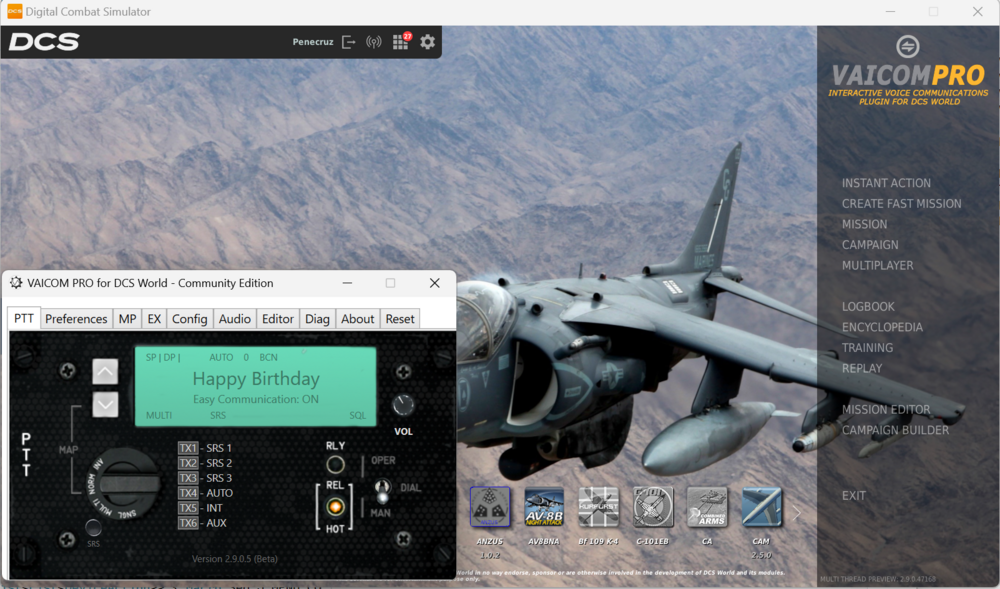
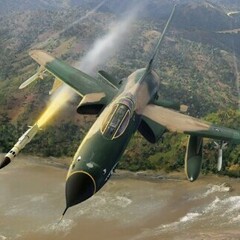

.thumb.jpg.4e1364f5c147f885cbea69ae1aa3e149.jpg)

